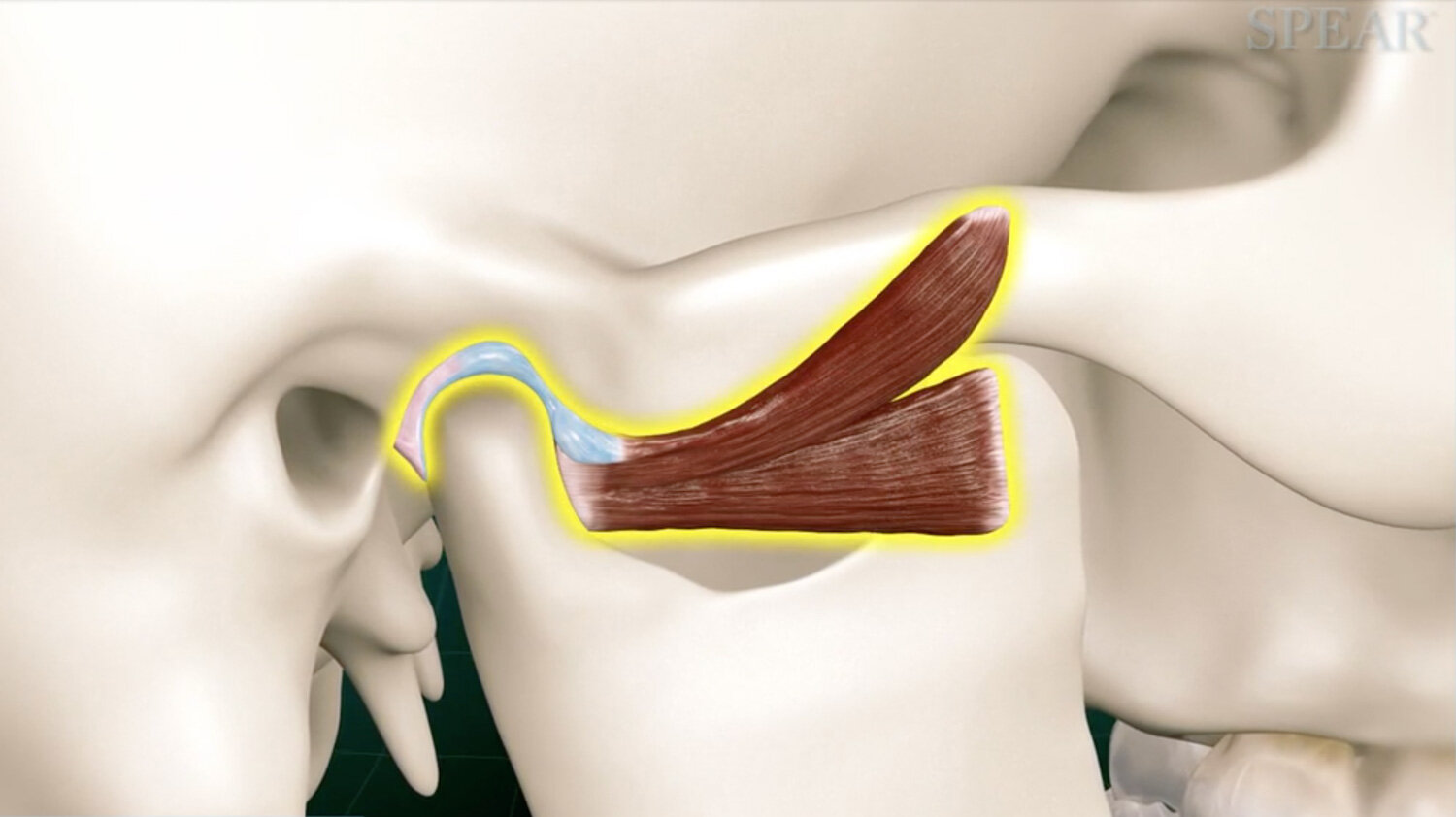
TMJ Disorder
TMJ Disorder
The temporomandibular joint or TMJ is located in front of the ear where the skull and lower jaw meet. It is the most commonly used joint in the human body. When the TMJ is impaired a patient can develop temporomandibular joint disorder or TMD. Signs and symptoms of TMD include:
jaw, neck or cheek bone pain
difficulty opening and closing the mouth
pain or jaw fatigue when eating or yawning
popping, clicking or grinding of the jaw joint
changes in the bite or the way the teeth come together
Headaches
Pain when touching the TMJ or jaw muscles
Earaches or ringing in the ears
Pain behind the eye
Why It Happens?
There are numerous reasons why TMD problems develop. Some of the most common causes include: malocclusion, clenching or grinding of the teeth, stress, arthritis, trauma, pathology or an abnormal growth and inflammation in the jaw muscles.
When treating TMD it is of the utmost importance to determine a diagnosis and cause of the problem. Dr. Robinson will obtain a complete history, examination and all pertinent x-rays. There are a variety of treatment options when dealing with temporomandibular joint disorder. These options usually involve both home and professional care. Dr. Robinson is well versed in surgical and non-surgical management including several minimally invasive treatment options.
Temporomandibular Joint Disorder
This video provides an overview of the causes, symptoms and consequences of temporomandibular joint disorder.


